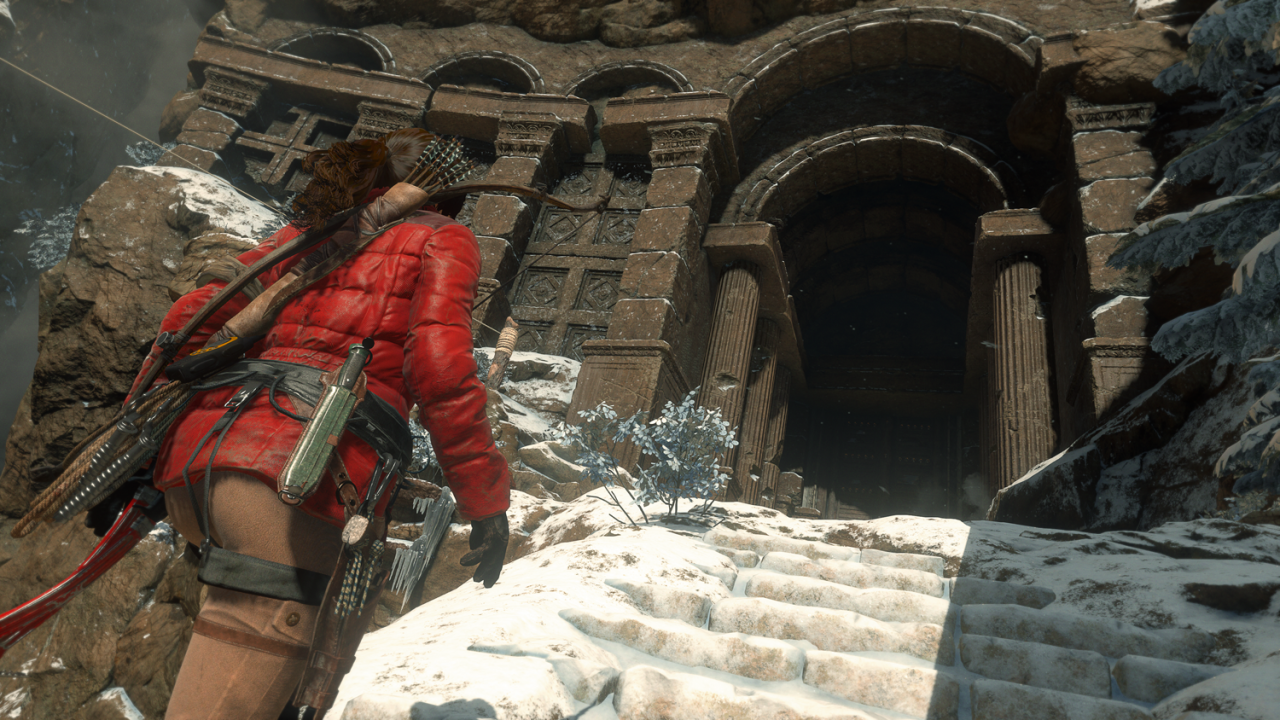Benchmarked: Rise of the Tomb Raider

Who knew raiding tombs could be so difficult?
You have to love Lara and her single minded focus on getting whatever she wants. And if you're like us, you're also jealous that she has all the money and equipment needed to jet set around the globe to all sorts of exotic locales. I have to be honest, though: I've been camping in the snow plenty of times, and a tiny campfire in the middle of a blizzard would not be enough to keep me warm. Which is why it's more fun to run around as Ms. Croft in a virtual world where rain, snow, falling rocks, wild animals, and gunshot wounds won't phase me.
Should you care to join us in this pastime, you might want to know if your rig is up to the task at hand. As the latest installment in the long-running franchise, and the second title since 2013's Tomb Raider reboot, Rise of the Tomb Raider ($54 for PC download) ups the ante on graphics requirements yet again. It's definitely not the most demanding game on the block, but if you want to crank every dial to maximum and run at a high resolution, you're inevitably going to come up short.
We've posted our optimization guide detailing all of the settings and what they do, along with some recommendations on what sort of settings you should use to get 60+ fps on our latest computer builds. Now, it's time to dig through a larger assortment of hardware and provide some concrete benchmarks. Rather than trying to determine what settings we should use to hit playable frame rates, this time we're using the same settings on a large collection of graphics cards—and in some cases, processors—to see which cards can reach the summit, and which will plunge into a spikey trap of destruction.
Keep up to date with the most important stories and the best deals, as picked by the PC Gamer team.
Jarred's love of computers dates back to the dark ages when his dad brought home a DOS 2.3 PC and he left his C-64 behind. He eventually built his first custom PC in 1990 with a 286 12MHz, only to discover it was already woefully outdated when Wing Commander was released a few months later. He holds a BS in Computer Science from Brigham Young University and has been working as a tech journalist since 2004, writing for AnandTech, Maximum PC, and PC Gamer. From the first S3 Virge '3D decelerators' to today's GPUs, Jarred keeps up with all the latest graphics trends and is the one to ask about game performance.


